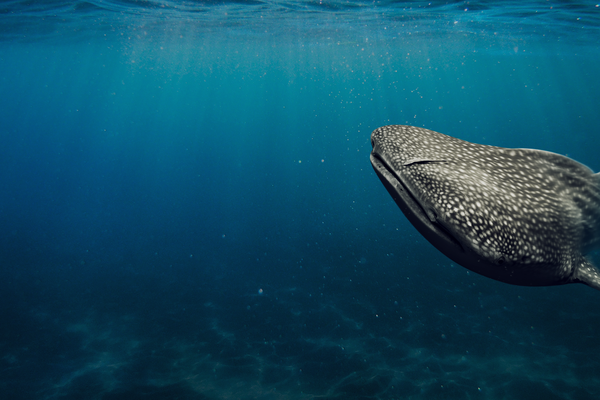Why we need to get taxonomy right
Taxonomy and systematics comprise the describing, naming and classifying the natural world. By classifying the natural world, we can understand a species origins and interrelationships. So how do we get it right, and how do we get it wrong? We explore the world of marine invertebrates for more.
All living organisms are classified based on basic, shared characteristics such as appearance, reproduction, mobility and functionality, reflecting their evolutionary history. Grouped into kingdoms, phyla, classes, orders, families, genus and species, these systems make it easier for scientists to study particular groups and form the basic building blocks of studying nature.
When we examine the world of marine invertebrates, we are increasingly finding that some described species actually represent a suite of species rather than a single widely spread species. This is because often the original description is poor and lacks any deposited type material; this allows a potentially ‘mislabelled’ species to be recorded from many widely spread areas and is often referred to as a “cosmopolitan species”.
An example of this is the blood worm, which belongs to the genus Marphysa; live individuals of which are bought and used for bait by recreational fishermen. But they can also be bought by researchers for studies on their physiology, reproductive features and in genetic studies.

Lateral view of Marphysa victori.
Image: Nicolas Lavesque© Nicolas Lavesque
By way of example, the “blood worm” is used worldwide as a highly prized bait worm for recreational fishing. In Australia, there is a commercial industry based in Moreton Bay, Queensland and while a species of blood worm was originally referred to as Marphysa sanguinea (Montagu,1813), this species was described as new and given the name Marphysa mullawa in 2003. Since then, many more examples of this species have been described from around the world. The latest being from India, where again M. sanguinea was reported as seen, yet we have found no evidence that it was present.
In August 2019, we gave a presentation of our paper related to this subject at the International Polychaete Conference, held on the Queen Mary; that paper is now in press, explaining why it is so important to correctly identify the species. In this paper, we give examples of studies on the reproductive biology, genetic studies and physiology where the name M. sanguinea is used – regardless of the fact that the species was described from south-west England from intertidal rock crevices, and their specimens came from locations thousands of kilometres away, living in very different habitats and temperature regimes. These papers do not outline potential issues or limitations with their identification and they do not deposit any material in a museum which can then be checked by researchers to validate the species identification. However, there are some polychaete species which really are cosmopolitan in their distribution but they have been transported by human activities such as hull fouling or aquaculture practices.
This subject was the topic of my recent online lecture, delivered to students and staff in Rio, organized by Joana Zanol from the Museu Nacional, Universidade Federal do Rio de Janeiro (UFRJ). Joana has spent time at the Australian Museum and together we have described several new species of Australian Marphysa found along the east Australian coast. For more information, please view my lecture below.
Dr Pat Hutchings: Why is taxonomy so important and the consequences of mis-identifications. Museu Nacional, Universidade Federal do Rio de Janeiro (UFRJ)
Dr Pat Hutchings, Senior Fellow, Marine Invertebrates, Australian Museum Research Institute.
More information:
- Hutchings, P., & Lavesque, N. In press. Who’s that guy? What happens when worms use someone else’s name. Zoosymposium.
- Hutchings, P.A. & Kupriyanova, E. 2018. Cosmopolitan species, fact or fashion? A personal perspective. Invertebrate Systematics 32: 1–9. Doi: 10.1071/IS17035.
- Lavesque N, Daffe G, Bonifácio P, Hutchings PA (2017) A new species of the Marphysa sanguinea complex from French waters (Bay of Biscay, NE Atlantic) (Annelida, Eunicidae). ZooKeys 716:1–17. DOI: 10.3897/zookeys.716.14070.
- What is classification? Australian Museum.











